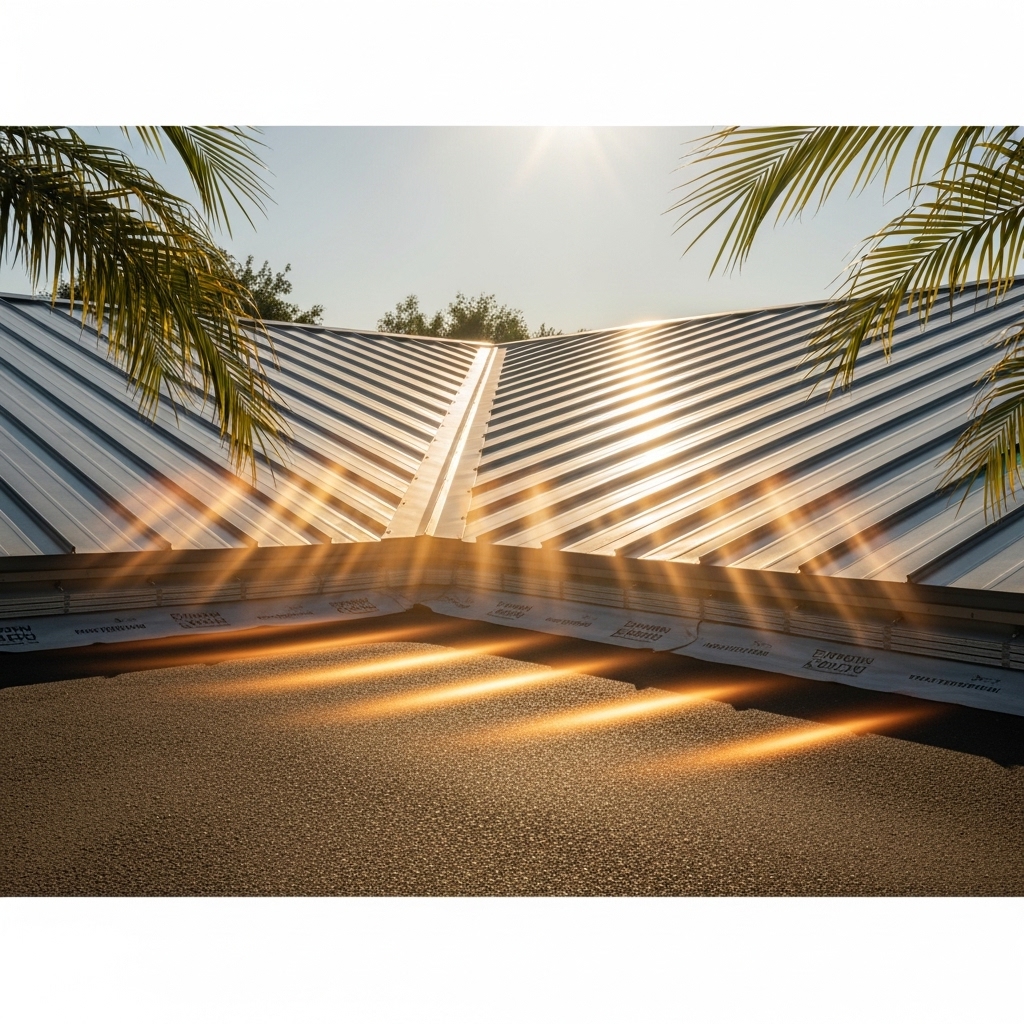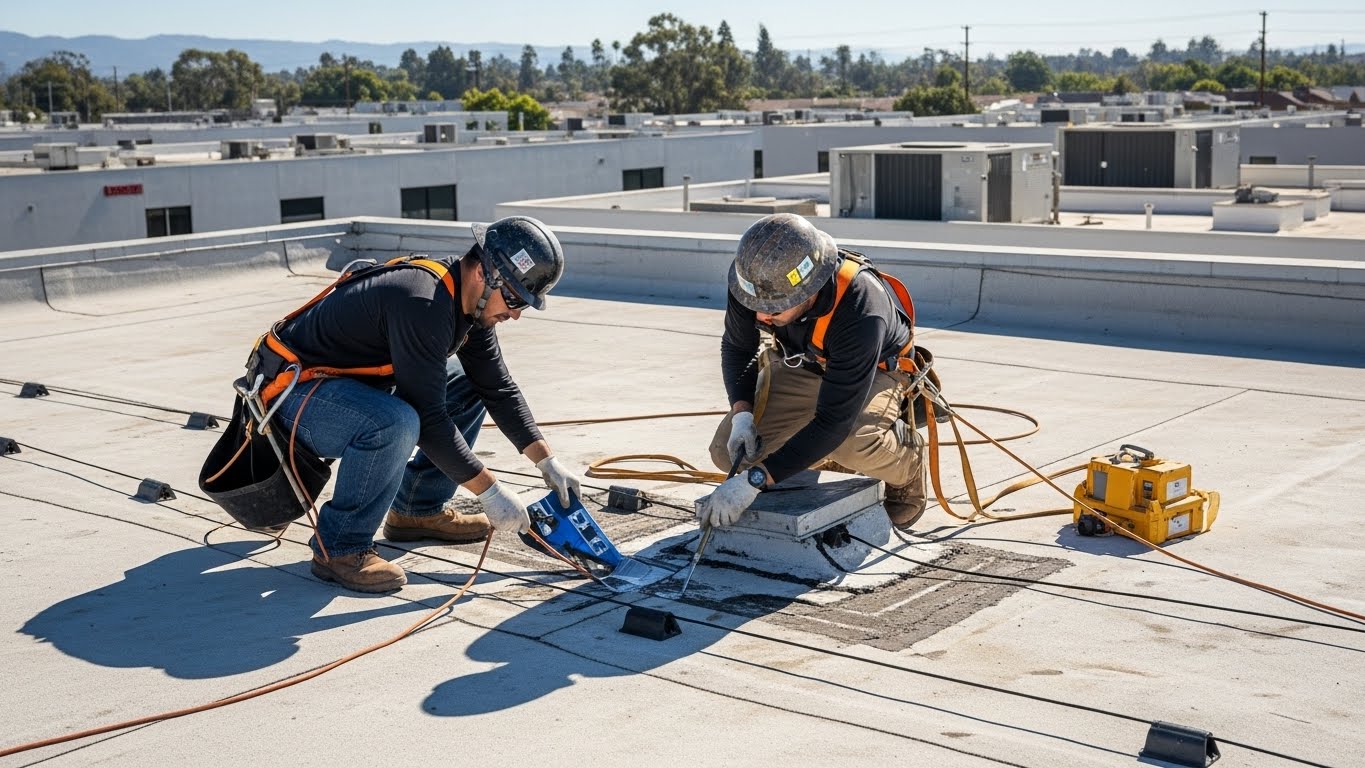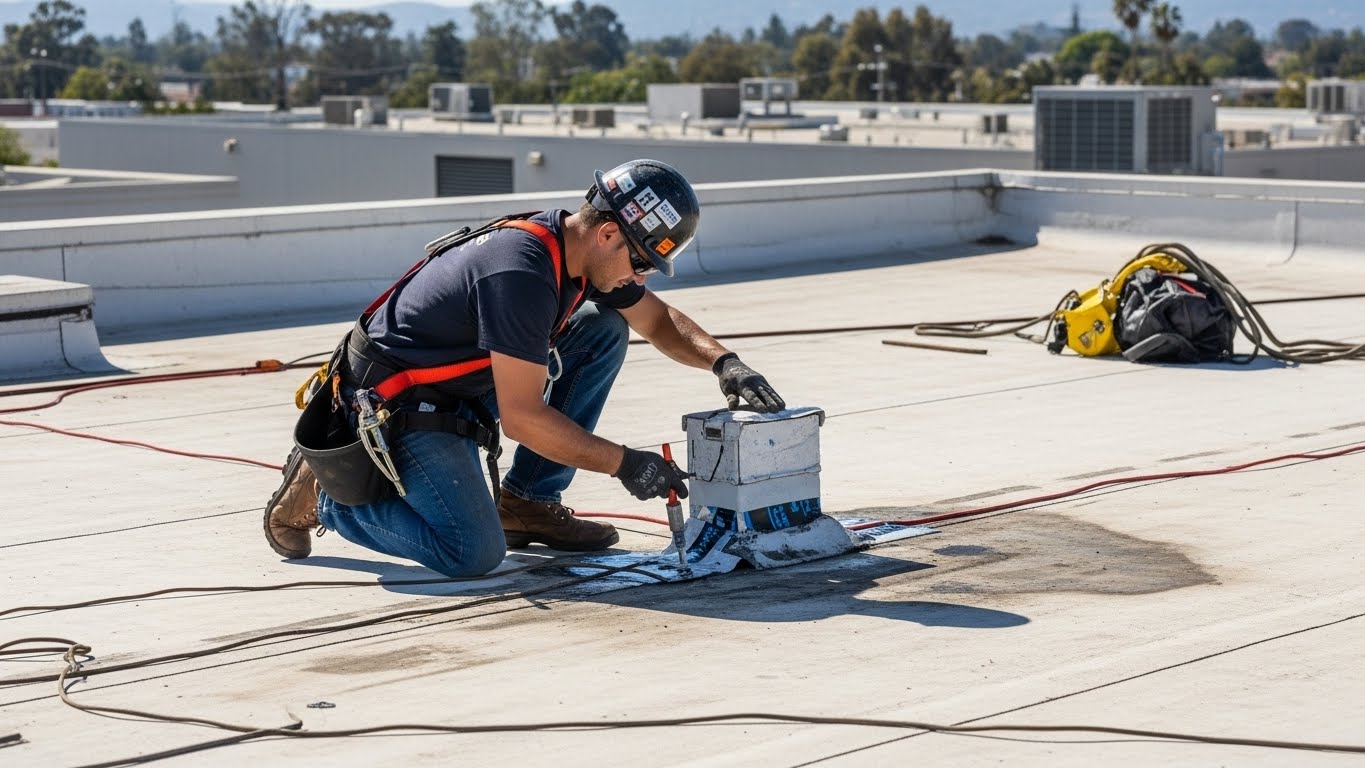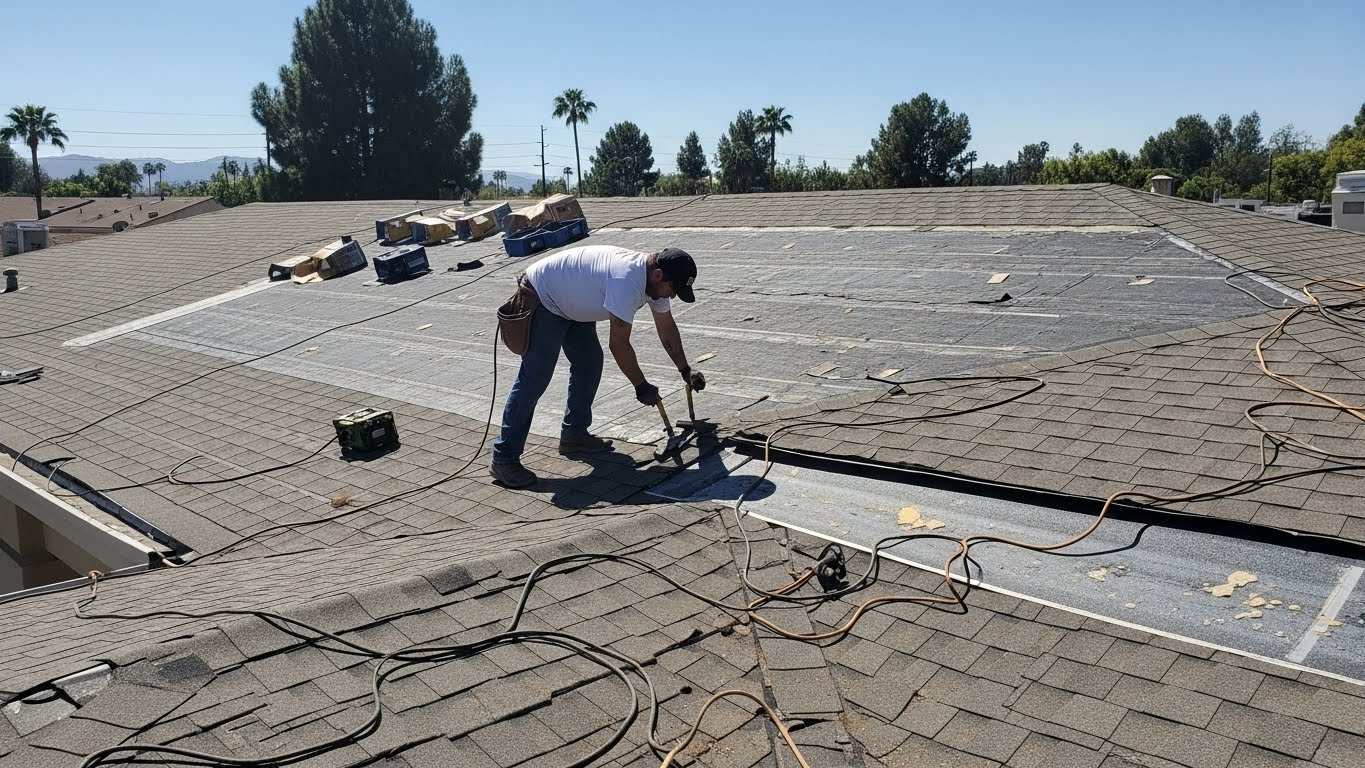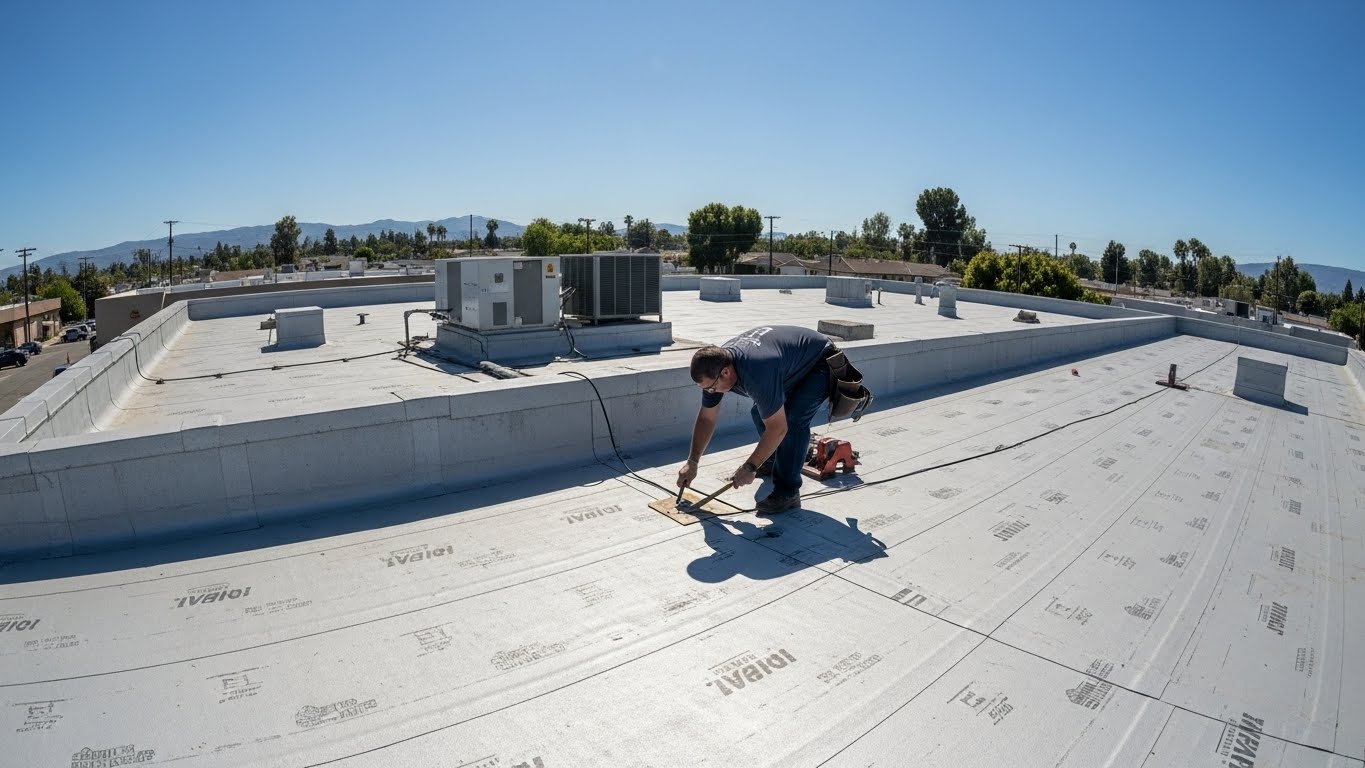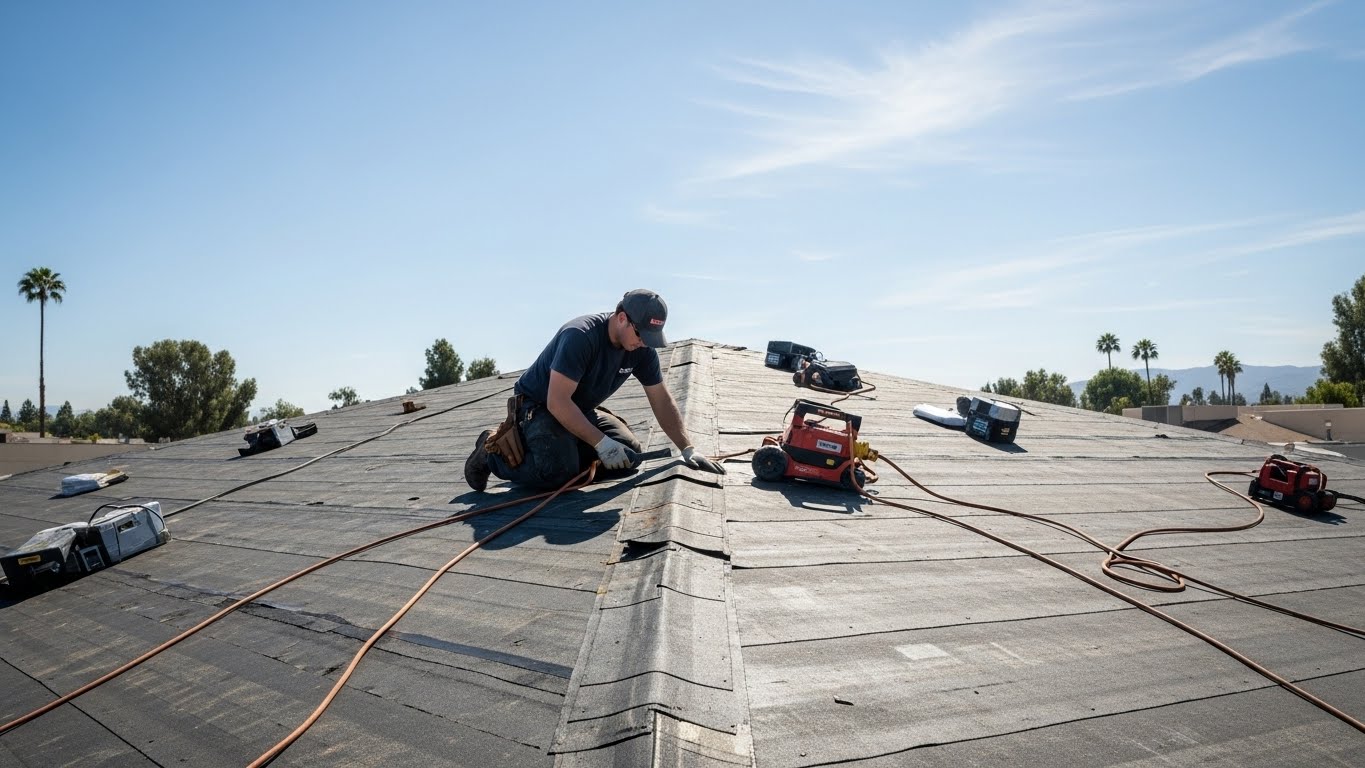The Tarzana Climate Story and Your Roof
Tarzana sits in a sun-warmed pocket of the San Fernando Valley where microclimates shift by block and the seasons are defined as much by wind as by rain. We see long stretches of dry, bright days; an occasional surge of humidity; and quick, intense storms that test every seam and edge. In autumn, Santa Ana winds roll over the ridges, and in summer, heat radiates from stucco walls and asphalt driveways well into the evening. In this environment, the question is not whether your roof matters—it is how deliberately it responds to these forces. That is where metal roofing steps forward as a climate-smart choice designed for our local realities.
For years, I have watched homeowners in Tarzana pursue upgrades to boost comfort while keeping an eye on energy use and fire resilience. Windows, insulation, and HVAC all pull their weight, but the roof is the first surface the sun hits and the last line of defense when winds and embers arrive. A roof that collaborates with our climate rather than fighting it gives you daily comfort and long-term confidence.
Heat, Sun, and the Physics of Comfort
Summer in Tarzana is not shy. When the afternoon sun leans in, dark roofs absorb a tremendous amount of heat, which then radiates into the attic and living spaces. Metal roofing counters this with reflective coatings that reject a meaningful portion of solar energy. The effect is most noticeable during peak afternoon hours, when attic temperatures would otherwise spike. Coupled with good ventilation, the roof system becomes a passive partner in cooling, keeping your home calmer and your AC less strained.
Beyond reflection, the quality of the finish matters. High-performance paints resist UV degradation, keeping colors stable and surfaces smooth so reflectivity stays high over time. In practical terms, this means your roof continues to perform during the fifth, tenth, and fifteenth valley summer much like it did on day one.
Sebaceous Dust, Pollen, and Air Quality Days
We all know those days when a fine layer of dust coats patio furniture by late afternoon. Dust, pollen, and urban particulates settle on rooftops, and they can dull performance if left unchecked. Metal surfaces, however, clean easily with a gentle rinse, and many coatings exhibit low surface energy that makes it tougher for grime to stick. The result is a roof that maintains its thermal properties and curb appeal with minimal effort, a small but real advantage in a neighborhood where landscaping and outdoor living spaces frame daily life.
Because metal sheds debris efficiently, it also helps keep gutters clearer between cleanings. When a storm does roll in, water finds the downspouts rather than pooling at eaves, which is a key detail for storm-readiness in a place where most of the rain arrives in sporadic bursts.
Wind and Uplift: Santa Anas on the Horizon
Autumn in Tarzana often brings crisp mornings and a familiar rush of dry wind that rattles palms and sends leaves skipping across driveways. Those winds are a challenge for roofs, especially at edges and around penetrations. Well-engineered metal systems employ interlocking panels and concealed fasteners that distribute loads and resist uplift. The difference shows up during the first big wind event after installation, when ridge lines stay calm, eaves remain snug, and the roof rides out gusts without drama.
Wind is also a water problem. Horizontal rain driven by gusts can seek tiny gaps at laps and transitions. The precision of metal panel seams and the use of compatible flashings create a tight envelope that shrugs off wind-driven rain. On complex roofs with intersecting planes, that precision is one of the clearest reasons to choose metal.
Fire Risk and Ember Exposure
Tarzana’s proximity to wildland areas means ember exposure is part of our seasonal story. A Class A fire-rated roofing assembly provides crucial defense. Metal is noncombustible, and when installed with the proper underlayment and details, it makes ignition less likely if embers land on the roof. Smooth surfaces and closed ridges reduce ember lodging, while ember-resistant attic vents limit pathways into the home. For many families, this fire resilience is the number one reason they switch to metal, and it dovetails with other defensible space measures like clearing gutters, managing vegetation, and upgrading eave vents.
It is important to remember that fire hardening is a system, not a single product choice. Still, starting with a roof that does not contribute to combustion is a powerful baseline for safety during Santa Ana weeks.
Rain Patterns and Storm Preparedness
Although rainfall totals vary year to year, our precipitation often arrives in quick, concentrated bursts—especially during El Niño winters—followed by long dry stretches. Roofs must be ready to move water rapidly and predictably when storms hit. The interlocking nature of metal panels, along with precise flashings at valleys and walls, thrives under this demand. Water exits fast, ice dams are virtually nonexistent in our climate, and high-temperature underlayments guard against any incidental moisture that may try to back up at penetrations.
Where we do encounter problems across roof types is at transitions: where skylights meet roof planes, where chimneys interrupt slopes, and where different roof pitches intersect. Metal’s bendable trim components and custom-fabricated flashings allow a level of tailoring that keeps these vulnerable zones tight over time.
Title 24, Cool Roofs, and Local Code Fit
California’s energy code favors cool roofs in many applications, and Los Angeles enforcement further encourages reflective choices. Metal roofing aligns cleanly with these directives, offering finishes that meet or exceed reflectance and emissivity targets. In practical terms, this means fewer hurdles during permitting, easier compliance documentation, and a roof that lives up to the energy goals embedded in our building standards.
For homeowners, this code alignment is not just a stamp of approval—it is a meaningful indicator that the product you are choosing has been vetted against performance criteria relevant to our region. It is peace of mind at the paperwork level and comfort at the living room level.
Lightweight Structure, Heavyweight Performance
Many Tarzana homes were built in mid-century decades with framing that was not originally intended for very heavy roof loads. Metal’s light weight reduces dead load and lessens stress on rafters and trusses. If you are considering a re-roof on a classic ranch or a hillside home with long spans, this lower weight can simplify the engineering conversation and help preserve structural margins during seismic events.
Lightweight does not mean delicate. Modern metal panels and fastener systems produce robust assemblies that stand up to heat cycling, wind, and the occasional fallen branch with remarkable resilience. When you need a roof that can do more with less, metal provides exactly that balance.
Solar Synergy and Future-Proofing
Solar adoption is strong across Tarzana, and with energy policy increasingly favoring electrification, a solar-ready roof makes strategic sense. Standing seam metal is particularly solar-friendly because clamps attach to the seams without penetrating the panel surface, minimizing potential leak points. Even on screw-down systems, well-detailed mounts and gaskets create tidy, reliable penetrations. The result is a clean, integrated look and a roof that remains as weather-tight on the day the solar crew packs up as it was before they arrived.
Future-proofing goes beyond solar. Metal’s long service life means you are less likely to face a re-roof during the lifespan of other major upgrades. That stability simplifies planning and budgeting for home improvements over the next couple of decades.
Style and Neighborhood Character
Tarzana’s neighborhoods have distinct personalities, from modern rebuilds to Spanish-inspired classics. Metal complements this range with profiles that span sleek standing seams to stone-coated steel that emulates tile. Cool matte finishes fit contemporary designs, while textured, earth-toned profiles suit traditional facades. The ability to tailor the look without sacrificing performance is one reason you see more metal roofs appearing in real estate listings and neighborhood walks.
Design is not superficial; it affects daily enjoyment. A roof that harmonizes with the home’s lines and the landscape’s palette enhances curb appeal and gives you the subtle pride that comes with good craftsmanship.
Maintenance the Tarzana Way
Our maintenance rhythm is different from wetter regions. Short storm seasons and long dry spells call for periodic inspections and light touch-ups rather than constant attention. Metal fits this rhythm. A hose rinse now and then, clearing leaves from valleys and gutters, and checking sealant at flashings keeps everything dialed. Because finishes resist chalking and fading, the roof holds its color and reflectivity season after season.
After wind events, a quick visual sweep from the ground and a glance in the attic for any signs of moisture provide reassurance. If a branch scuffs a panel, touch-up paints exist for many systems, keeping appearances tidy without complex repairs.
Why Metal Roofing Matters Here, Now
When you line up Tarzana’s climate pressures—heat, wind, ember exposure, and sporadic heavy rain—metal roofing addresses each of them with a performance profile tailored to the task. It cools when the sun is relentless, stays anchored when the wind surges, resists ignition when embers blow, and sheds water during sudden downpours. Add in its light weight, long life, and design flexibility, and you have a roof that does not just survive our environment but turns it to your advantage.
That is the essence of climate-smart building in our community: choose components that cooperate with the microclimate, and let them quietly improve daily life. Metal roofing does that with a confidence you can feel the first time you step into a cooler hallway on a hot afternoon or listen to a gusty night without a second thought.
Frequently Asked Questions
Q: Will a metal roof reflect enough heat to make a real difference? A: Yes. Cool-roof metal finishes are engineered to reflect solar radiation, helping reduce attic temperatures and easing HVAC loads during peak heat.
Q: How does metal perform during Santa Ana winds? A: Interlocking panels, engineered clips, and careful edge detailing give metal assemblies excellent wind uplift resistance when installed to spec.
Q: Is metal roofing safe in ember-prone zones? A: Metal is noncombustible and, with the right underlayment and vent details, contributes to a Class A assembly that resists ignition from wind-blown embers.
Q: Will my home look too industrial? A: Not at all. From sleek standing seam to stone-coated profiles that mimic tile, design options span modern to traditional, with colors that meet cool-roof goals.
Q: What about noise in the rain? A: Over solid decking with underlayment and insulation, rain noise is comparable to other roof types. Most homeowners find interiors remain calm and quiet.
Q: Can I add solar later without compromising the roof? A: Yes. Standing seam systems allow clamp-on attachments that avoid panel penetrations, making solar additions cleaner and more secure.
Q: How long does metal last in our climate? A: Decades, often outpacing conventional materials thanks to UV-resistant finishes and robust fastening systems designed for heat and wind.
Q: Is maintenance demanding? A: No. Light rinsing, gutter cleaning, and periodic inspections typically suffice, aligning well with Tarzana’s dry-season rhythms.
If you are weighing options and want a roof that truly collaborates with Tarzana’s climate, let’s discuss profiles, colors, and assemblies that match your home and your goals. For guidance grounded in local experience and a streamlined path to a cooler, safer home, explore your choices in metal roofing with a team that understands our neighborhood from top to bottom.

